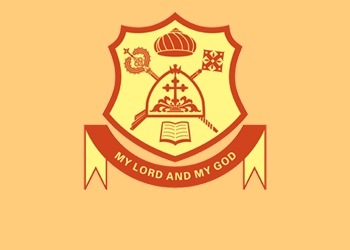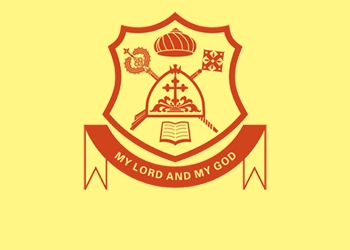HomeChurch and DioceseMalankara Orthodox Syrian ChurchAn Overview
An Overview
The Indian Orthodox Church is a prominent member of the family of Oriental Orthodox Churches. It traces its origins to the arrival of St. Thomas the Apostle, who came to India in AD 52. The autocephalous Indian Orthodox Church is headed by the Catholicos of the East and Malankara Metropolitan His Holiness Moran Mar Baselios Mar Thoma Paulose II and follows the ancient West Syrian Liturgical Rite.
The official name of the Church - Malankara Orthodox Syrian Church - can be explained as: 'Malankara' is another name for Kerala, 'Orthodox' is the category of Christian faith and tradition it follows (distinguishes it from the Roman Catholic and Protestant faiths), and 'Syrian' comes from the Syriac language which was the liturgical language of the Church, inherited from the close proximity with the ancient Persian Church at least from the fourth century onwards.
The faith of the Church is that which was established by the three Ecumenical Councils of Nicea (A.D. 325), Constantinople (A.D. 381) and Ephesus (A.D. 431).
The Indian Orthodox Church is in communion with the other Oriental Orthodox Churches namely, Antiochene, Coptic, Ethiopian, Armenian and Eritrean Orthodox Churches. The Indian Orthodox Church also maintains cordial ecumenical relationships with the Eastern Orthodox, Catholic and Protestant Churches.
Although a majority of the members of the Indian Orthodox Church today reside in the state of Kerala in South West India, there are parishes spread across various parts of the globe. For administrative efficiency, the Church is divided into 30 ecclesial units called dioceses, each of which are administratively and spiritually headed by a respective Diocesan Bishop. The Council of bishops, known as the Holy Synod is headed by the Holy Catholicos, who is the supreme spiritual head of the Church.


